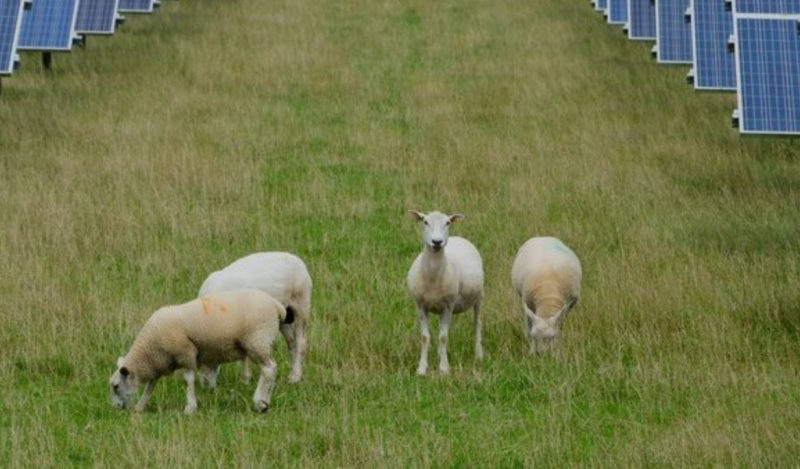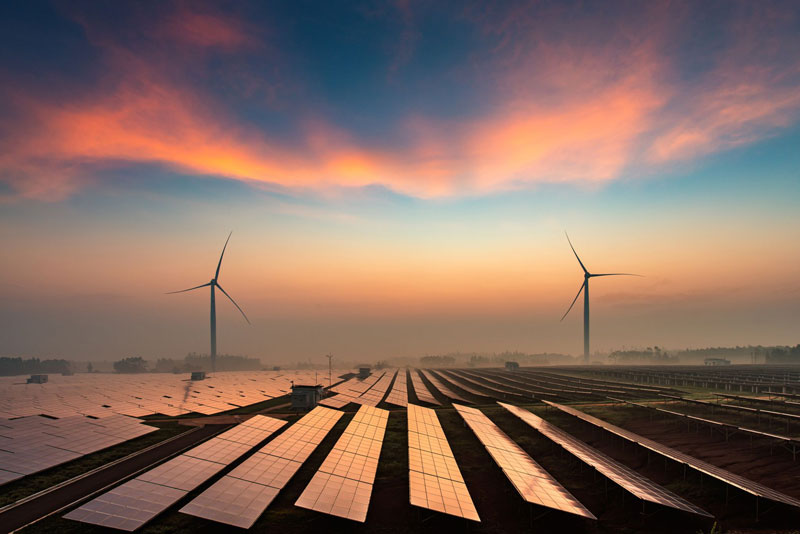Blind Creek Solar Farm was awarded the Clean Energy Council’s 2022 Community Engagement Award at last month’s Australian Clean Energy Summit. Andy Bray from RE-Alliance wrote an excellent post about this innovative project, highlighting two things Stride is particularly proud of: its community engagement and co-existence of agriculture and solar. Thanks Andy!
———————————
Blind Creek Solar Farm in New South Wales has sheep built in and great community engagement practice – and it recently won an award for it.
Blind Creek Solar Farm (BCSF) was awarded the Clean Energy Council’s 2022 Community Engagement Award at the Australian Clean Energy Summit last month, which celebrates excellence in the renewable energy industry.
It won the award for its pioneering solar farm benefit sharing scheme and agrisolar initiatives.
The BCSF project is located north-west of Bungendore and is planned to be 350MW, which would produce enough energy to power approximately 124,000 houses.
It will be hosted by local farmers who have lived on that land for generations. This puts them in the perfect position to be talking to their neighbours about the project.
They undertook an extensive community engagement process with their neighbours and the local community. From this, BCSF pioneered a community benefit sharing scheme for solar projects, which will share $3.5 million in financial benefits over the lifetime of the project with neighbours and the community.
Recipients are encouraged to spend this on local projects which are aligned with the vision of sustainable agriculture, environmental restoration and community building.
BCSF is set to be the biggest agrisolar project in Australia. The agrisolar component of the project – that is, co-existence of agriculture and solar – was also recognised by the award.
From the project’s inception, the farmer, Dominic Osborne, worked closely with the project design to make sure that his grazing setup would benefit. The solar arrays are organised in the paddocks in such a way to work for rotational grazing, and the land is expected to have increased grazing capability as a result of the protection from winds, partial shading, condensation and organic soil improvements.
Stride Renewables, who worked on Blind Creek Solar Farm, said that a key element to the success of the agrisolar was putting the details of it in the contract with the project owners. They said that farmers often have a justifiable scepticism of whether solar and agriculture can co-exist, but that putting agrisolar strategy details and defining responsibilities in the contract has been very useful.
The project was also specifically designed to co-exist with regenerative agriculture, a soil carbon sequestration project and restoration of biodiversity.
It’s wonderful to see a renewable energy project work for the local community and environment, and to be recognised for good and innovative practice!
First published on the RE-Alliance blog.


